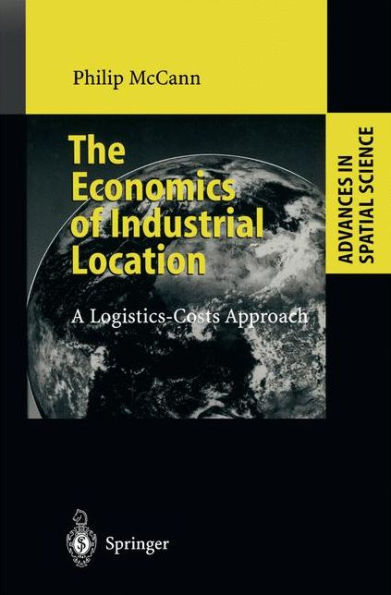The motivation for this book comes from the apparent inability of existing orthodox location theory to throw light on a series of location-production problems which are typically faced by modem manufacturing and distribution ftrms. These problems are related to the treatment of time by ftrms, who normally view time costs in terms of inventory costs. From this perspective, traditional industrial location and linkage analysis can be re-cast in a form in which space time problems can be dealt with in a unifted manner. The role played by input factor prices and market prices in location behaviour becomes dependent on the relationship between the frequency of shipment and the distance of shipment. This approach provides new insights into the relationship between the optimal location of the ftrm and the value-added by the ftrm, under conditions of either ftxed or varying local factor prices. The approach can then also be extended to discuss the of the spatial changes involved in the new Just-In-Time (JIT) production question philosophy. I would like to acknowledge the many helpful discussions I have had with Bernard Fingleton, Masahisa Fujita, Geoff Hewings, John McCombie, Ron Miller, John Parr, Tony E. Smith, and my colleagues at the University of Reading. Table of Contents Preface vn Introduction 1 1 Comparing Western and Japanese Industrial Purchasing Linkages 5 1. 1 Western Purchasing Linkages 5 Japanese Purchasing Linkages 7 1. 2 1.
"1101509189"
The Economics of Industrial Location: A Logistics-Costs Approach
The motivation for this book comes from the apparent inability of existing orthodox location theory to throw light on a series of location-production problems which are typically faced by modem manufacturing and distribution ftrms. These problems are related to the treatment of time by ftrms, who normally view time costs in terms of inventory costs. From this perspective, traditional industrial location and linkage analysis can be re-cast in a form in which space time problems can be dealt with in a unifted manner. The role played by input factor prices and market prices in location behaviour becomes dependent on the relationship between the frequency of shipment and the distance of shipment. This approach provides new insights into the relationship between the optimal location of the ftrm and the value-added by the ftrm, under conditions of either ftxed or varying local factor prices. The approach can then also be extended to discuss the of the spatial changes involved in the new Just-In-Time (JIT) production question philosophy. I would like to acknowledge the many helpful discussions I have had with Bernard Fingleton, Masahisa Fujita, Geoff Hewings, John McCombie, Ron Miller, John Parr, Tony E. Smith, and my colleagues at the University of Reading. Table of Contents Preface vn Introduction 1 1 Comparing Western and Japanese Industrial Purchasing Linkages 5 1. 1 Western Purchasing Linkages 5 Japanese Purchasing Linkages 7 1. 2 1.
109.99
In Stock
5
1

The Economics of Industrial Location: A Logistics-Costs Approach
228
The Economics of Industrial Location: A Logistics-Costs Approach
228Paperback(Softcover reprint of hardcover 1st ed. 1998)
$109.99
109.99
In Stock

Product Details
| ISBN-13: | 9783642084232 |
|---|---|
| Publisher: | Springer Berlin Heidelberg |
| Publication date: | 12/07/2010 |
| Series: | Advances in Spatial Science |
| Edition description: | Softcover reprint of hardcover 1st ed. 1998 |
| Pages: | 228 |
| Product dimensions: | 6.10(w) x 9.25(h) x 0.24(d) |
From the B&N Reads Blog
